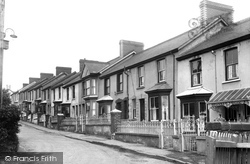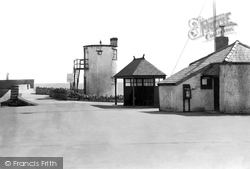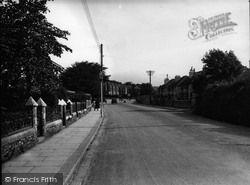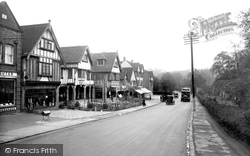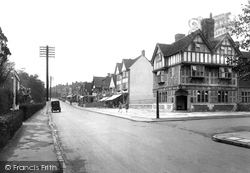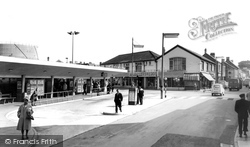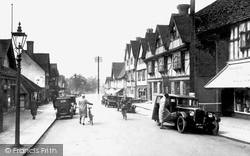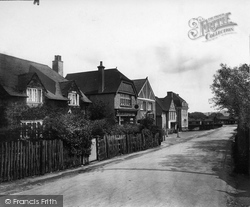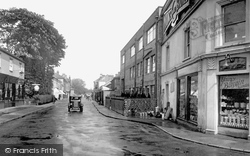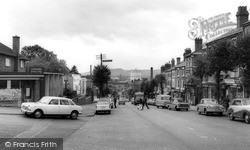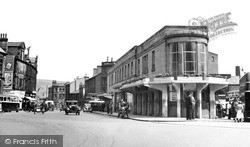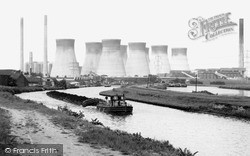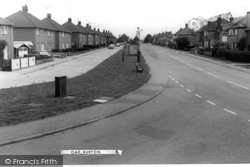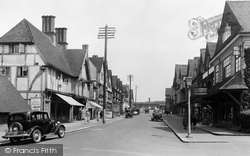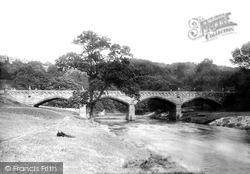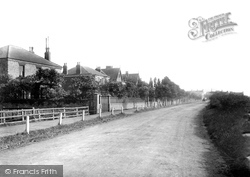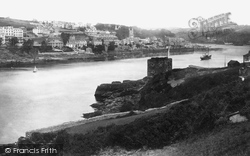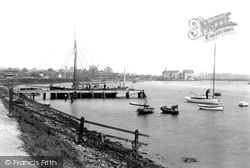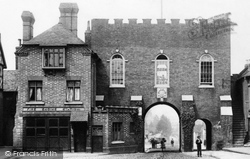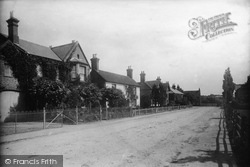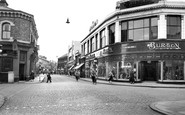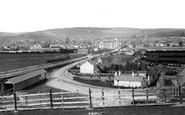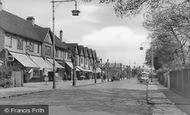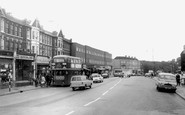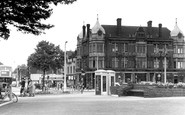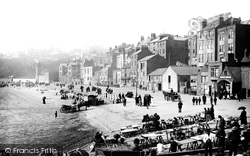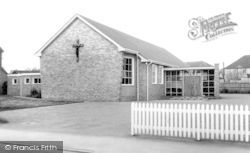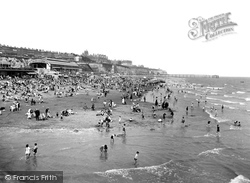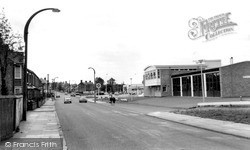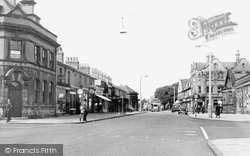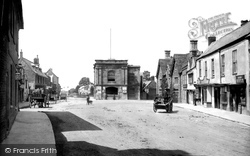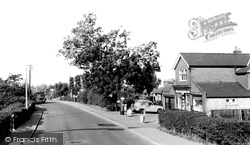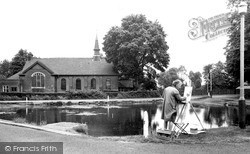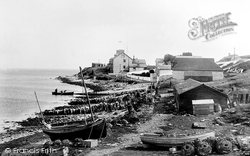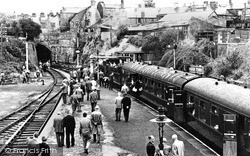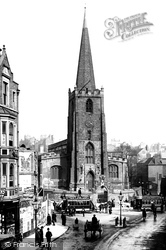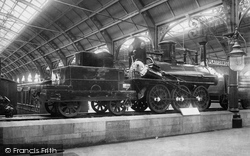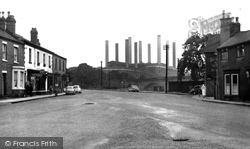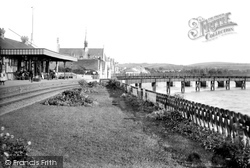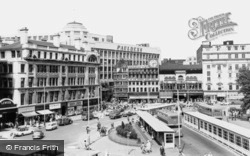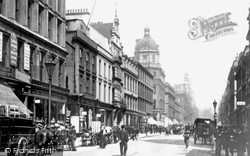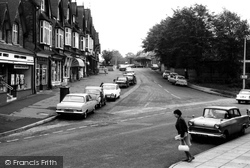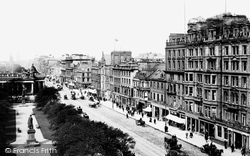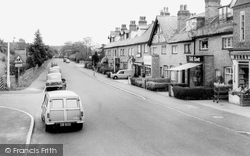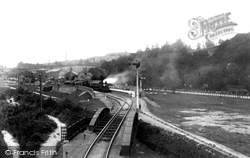Places
20 places found.
Those places high-lighted have photos. All locations may have maps, books and memories.
- Hinkley Point Power Stations, Somerset
- Lyne Station, Borders
- Perranwell Station, Cornwall
- Ferryhill Station, Durham
- Nantyronen Station, Dyfed
- Station Hill, Cumbria
- Station Town, Durham
- Widdrington Station, Northumberland
- Eggesford Station, Devon
- Bedlington Station, Northumberland
- Meopham Station, Kent
- Mintlaw Station, Grampian
- Ratho Station, Lothian
- Uphall Station, Lothian
- Alne Station, Yorkshire
- Hart Station, Cleveland
- Otterham Station, Cornwall
- Udny Station, Grampian
- Balfron Station, Central Scotland
- Ruthwell Station, Dumfries and Galloway
Photos
2,456 photos found. Showing results 101 to 120.
Maps
73 maps found.
Books
Sorry, no books were found that related to your search.
Memories
3,079 memories found. Showing results 51 to 60.
Burtons Corner.
A foundation stone laid by Arnold James Burton in 1933 is to be found on the extreme right of this shop, just off the picture. I'm sure this foundation stone used to be at the other end of the building. The possible reason for its move ...Read more
A memory of Crewe
Barrow Hill
My father bought the land on Barrow Hill, and built a house called Carrick Lodge (1961). I am not sure that everyone at the bottom of the hill were totally impressed with the house although it did not effect the view. We did have ...Read more
A memory of Worcester Park in 1946 by
Railway Info.
The building on the left is a carriage shed, used for holding spare passenger vehicles under cover. It is from the North Devon Railway in the 1850s and still appears to have broad gauge track (7ft gauge - not removed until 1877) laid ...Read more
A memory of Barnstaple in 1870
Royal Family Travelling Through Reedham Train Station
I remember standing on the station platform to see the Royal Family pass through on the Royal Train. I have no recollection of where they were travelling to and I'm a bit hazy on the ...Read more
A memory of Purley on Thames in 1947 by
Saturday Jobs
My first job as a Saturday girl (1974) was working at a newsagents called Jarman's on the right of this photo on the corner of the road which led to the police station and infants school Darley Dene. I remember having to weigh snuff ...Read more
A memory of Addlestone in 1974 by
Good Days
My name is Derek Price, and I was born in Central Middlesex Hospital and lived in Court Way, North Acton, until moving to Birkbeck Avenue when I was married in 1965. I attended West Acton Primary, Acton Wells Junior, John Perryn and finally ...Read more
A memory of Acton by
Memories Remembered
Memories Remembered After reading Brian Keighley’s story of his memories in Lifton, my memories came flooding back and has prompted me to recall a few of my own. I was born in Lifton 18 months after my sister Jean in 1927 at ...Read more
A memory of Lifton by
Gants Hill Smiths Bus Stop
I used to live in Montreal Road, off Perth Road, and remember the bus-stop outside Smiths stationers. There was also a real butchers, greengrocers, shoe shop, Woolworths, banks, a small dress shop and later a Jewish ...Read more
A memory of Gants Hill in 1961
The George Ph, Wanstead
Facing the viewer is the George Public House, which I believe still exists; behind is Wanstead underground station and an open area of grassland leading to Redbridge Lane and my then school, Wanstead County High. The High ...Read more
A memory of Wanstead in 1969
Life In Cannich And Fasnakyle
My family and I moved from Elm Park in Essex to Scotland in the last weeks of 1948. My father, Leon A. Lalonde, had accepted a position as Chief Mechanical Engineer with John Cochrane and Sons, a construction ...Read more
A memory of Glen Affric in 1949 by
Captions
1,403 captions found. Showing results 121 to 144.
On the right is the lifeboat station.
On the right is the lifeboat station.
The need for a new Catholic church in the town became particularly pressing when nearby RAF Lyneham was unable to provide a full- time chaplain to the station, and they helped fund its completion
Main Street crosses Church Street, the A612, to become Station Road as far as the railway line, which runs between the village and the river.
In 1926, the Sands railway station closed and was converted to amusement arcades housing hundreds of slot machines; there was also a helter-skelter and a skating rink.
The pleasant later 19th-century houses look across at the cleared site upon which the Fire Station and the garage (once Regent, now Texaco) were built around the late 1950s.
This view looks along Station Road at its junction with Westminster Road (on the left) and Meadow Lane. The Westminster Bank building (left) still stands, but it is now occupied by a bookmaker's.
Visitors could find accommodation at the Berkeley Arms (rooms 3s; dinner 2s 6d), and those fancying a look round the castle could buy admission tickets from the railway station or Miss Smith's stationers
This solidly-built Edwardian shop is still trading as the Post Office, despite some alteration; it stands on the way down to the former station site.
This lovely village extends from Highwood Hill to the north to Mill Hill East underground station in the south.
This view shows Peveril Point, eastwards to its lookout and fort (far left), which with a semaphore mounted on Round Down, operated as a Royal Navy signal station during the Napoleonic Wars
The station, opened in 1881, was situated off Newport Street near the junction with Devizes Road.
Peter's Church to Trent Bridge and to the railway station, then on Station Street. Horse buses ran to West Bridgeford.
Designed and built by Alfred Kitchen at his foundry near North Road Station, the 'Derwent' entered service with the S&DR in 1843, two years after 'Locomotion' had been retired.
In the last years of the 19th century Marconi set up an early wireless transmitting station near to Totland Bay, exchanging radio signals with a steamer out at sea.
The power station that dominates the town was established in 1927. The bulk of the station was demolished in 1968 and rebuilt with massive cooling towers.
Quay Station was the original town-side stop for the Ilfracombe train.
Part of the newly-laid-out Piccadilly Bus Station can be seen here, looking very clean and neat.
The 1935 electrification of the railway had a marked influence on the development of Haywards Heath, as well as transforming the appearance of the station itself.
At one end was the Caledonian Railway station, where trains could be caught for Oban, Perth and the north; at the other was St Enoch Station.
The railway station at the back of this picture is the reason for Dorridge's existence. Until the London to Birmingham railway was built in 1852, there was no Dorridge.
The most expensive to stay at was the North British at Waverley Station.
A local landowner, the Earl of Plymouth, encouraged the building of Barnt Green Station (on the left here) for the convenience of his tenant farmers.
There are two trains in the station, one barely visible in the background (centre left).
Places (20)
Photos (2456)
Memories (3079)
Books (0)
Maps (73)


